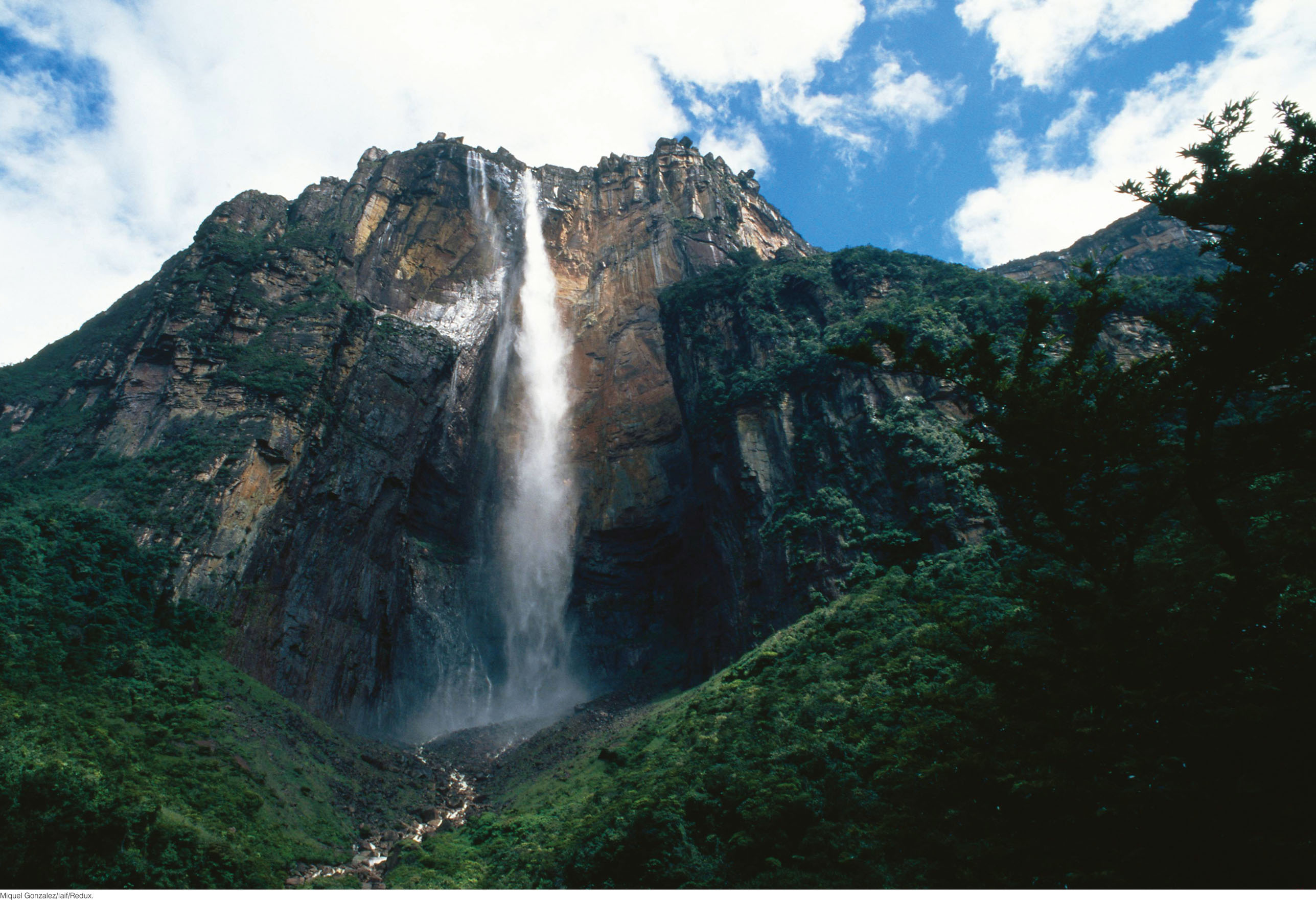468

THE HYDROLOGIC CYCLE AND GROUNDWATER
 The Geologic Cycling of Waters 470
The Geologic Cycling of Waters 470 Hydrology and Climate 472
Hydrology and Climate 472 The Hydrology of Groundwater 477
The Hydrology of Groundwater 477 Erosion by Groundwater 488
Erosion by Groundwater 488 Water Quality 490
Water Quality 490 Water Deep in the Crust 492
Water Deep in the Crust 492
469
MOST OF US HAVE HEARD the lines from Samuel Taylor Coleridge’s “Rime of the Ancient Mariner”: “Water, water everywhere, Nor any drop to drink.” About 71 percent of Earth’s surface is covered in water, but only a fraction of that water is available for human consumption. Humans cannot survive more than a few days without water. The amount of water consumed by modern society, however, far exceeds what we need for simple physical survival. We use water in immense quantities for industry, agriculture, and urban needs such as sewage systems. The study of the cycling of water is becoming ever more important as the demand on our limited water supplies increases.
In the previous two chapters, we have seen that water is essential to a wide variety of geologic processes. We saw in Chapter 15 that water exchanged between the oceans and the atmosphere forms a critical link in Earth’s climate system; climate scientists now recognize that understanding the cycling of water is one of the most important steps in climate prediction. We saw in Chapter 16 that water is also important in weathering and erosion, both as a solvent of minerals in rock and soil and as a transport agent that carries away dissolved and weathered materials. The cycling of water links all of these processes. In Chapters 18 and 20, we will see how the streams and rivers formed by runoff and the glacial ice of the cryosphere help shape the landscapes of the continents. This chapter focuses on the water that sinks into Earth’s crust to forms large reservoirs of groundwater.
In this chapter, we will study the distribution, movements, and characteristics of water on, over, and under Earth’s surface. Then we will follow the path of water in more detail as it sinks into the ground and flows through underground reservoirs. As we do so, we will see what makes groundwater a limited resource that must be carefully managed.
470